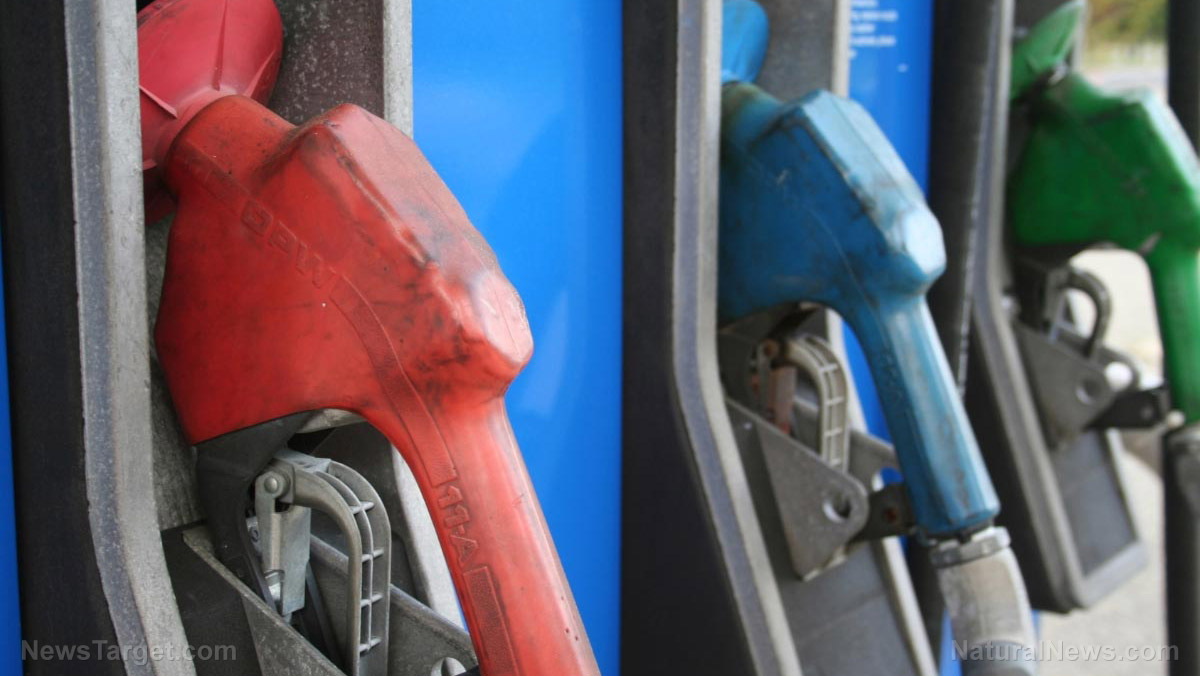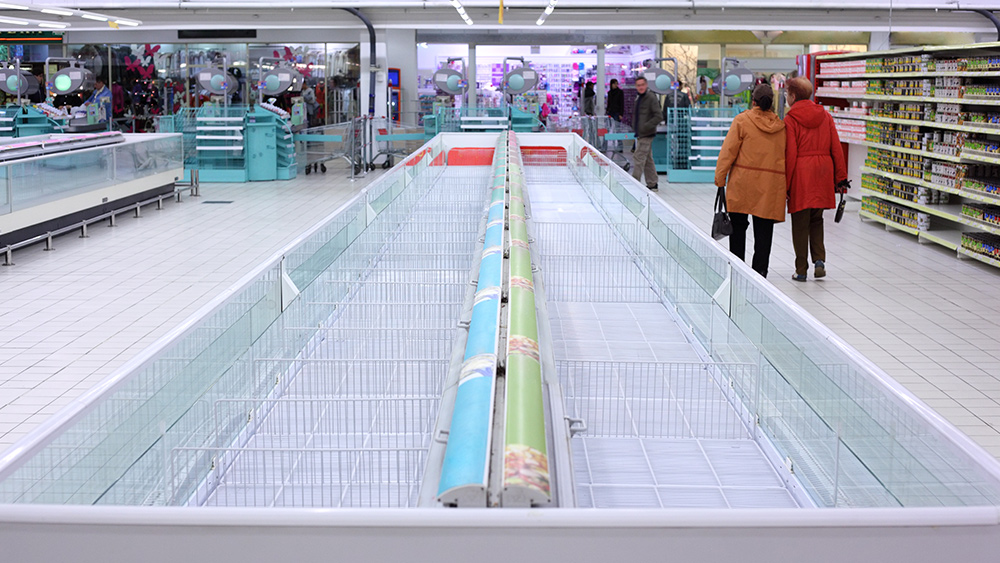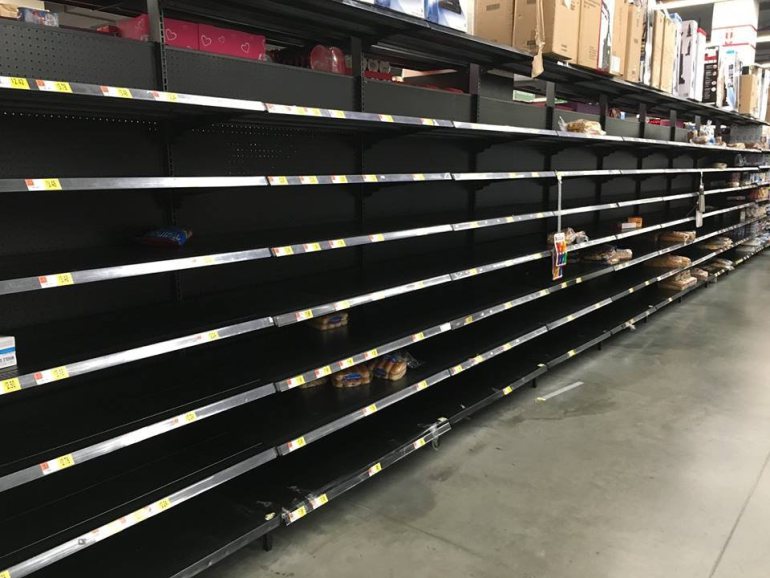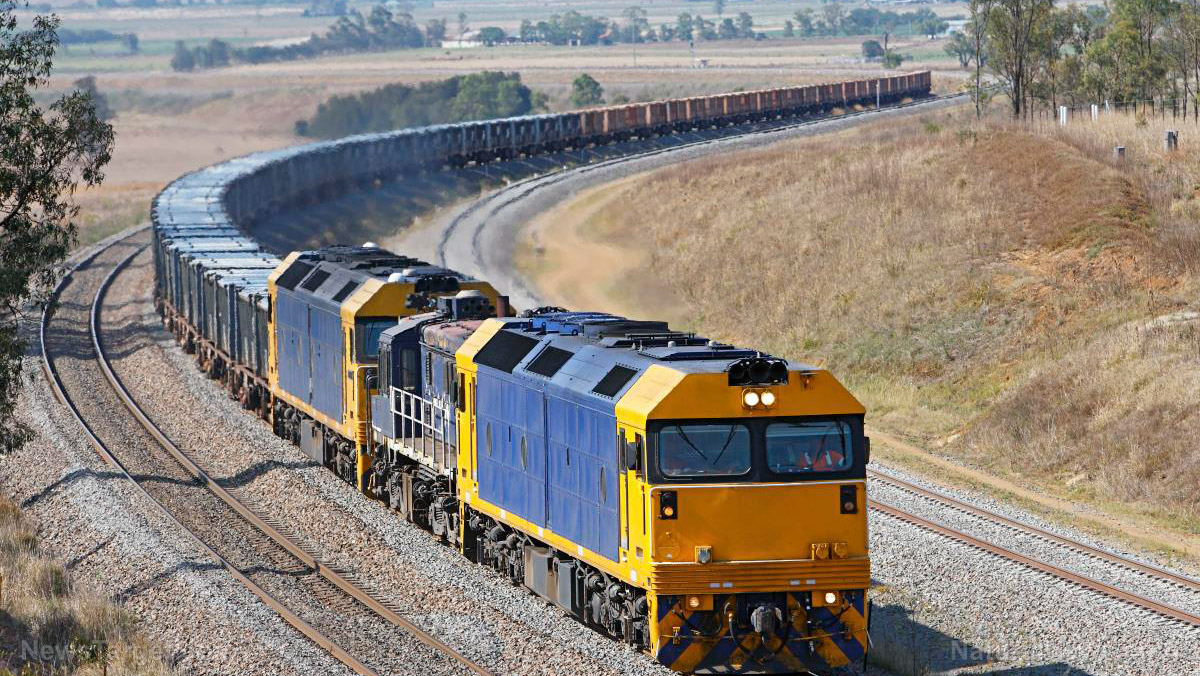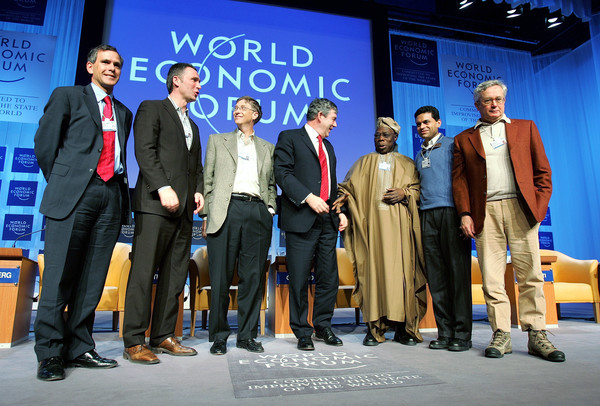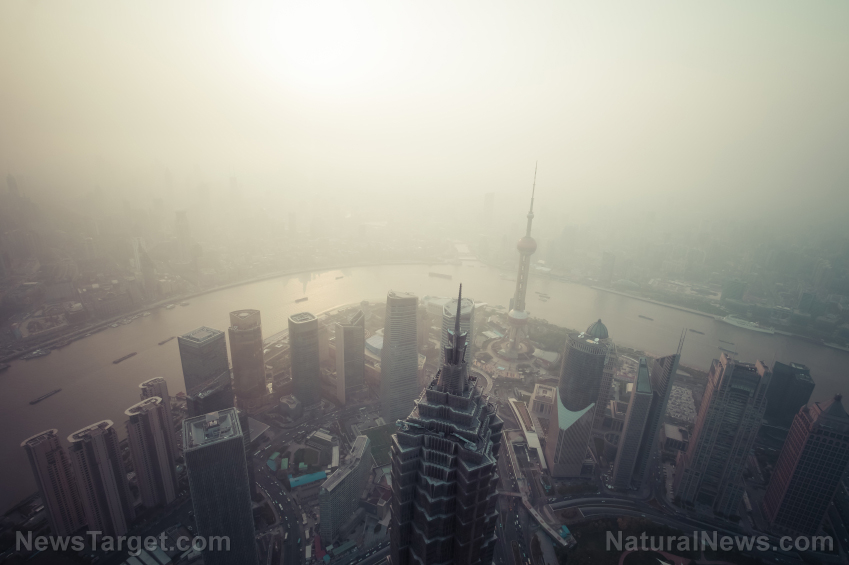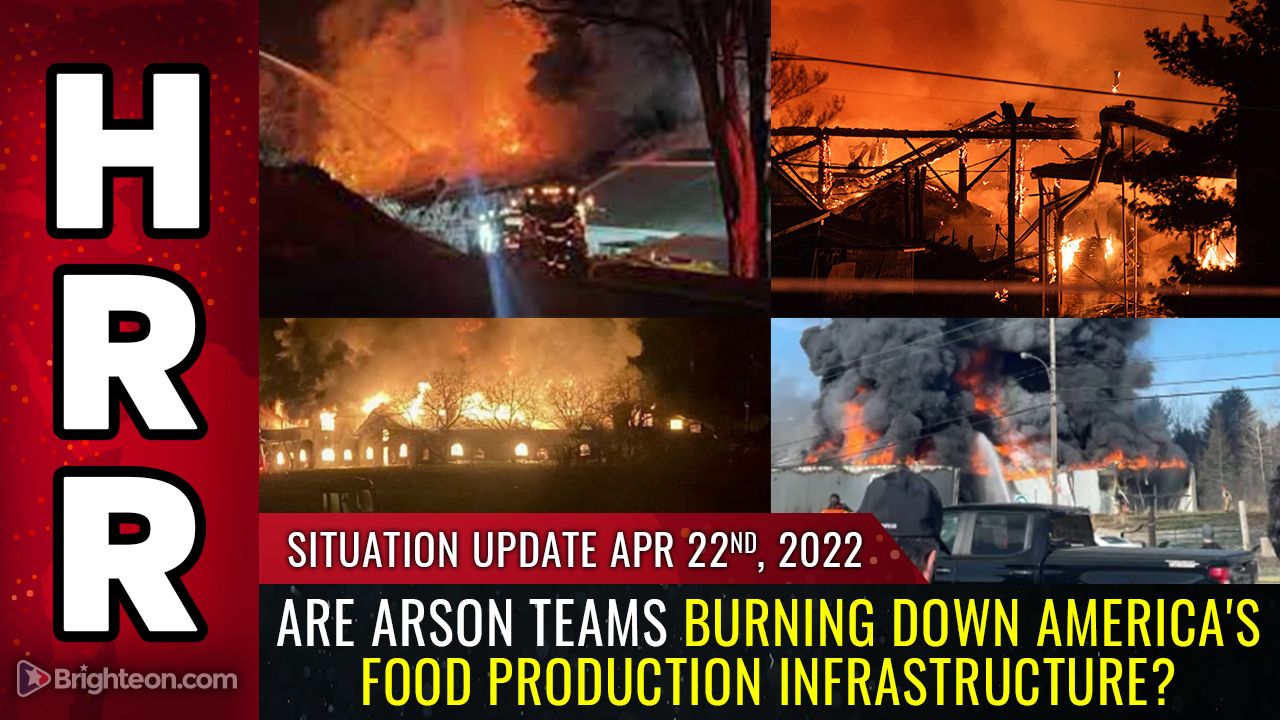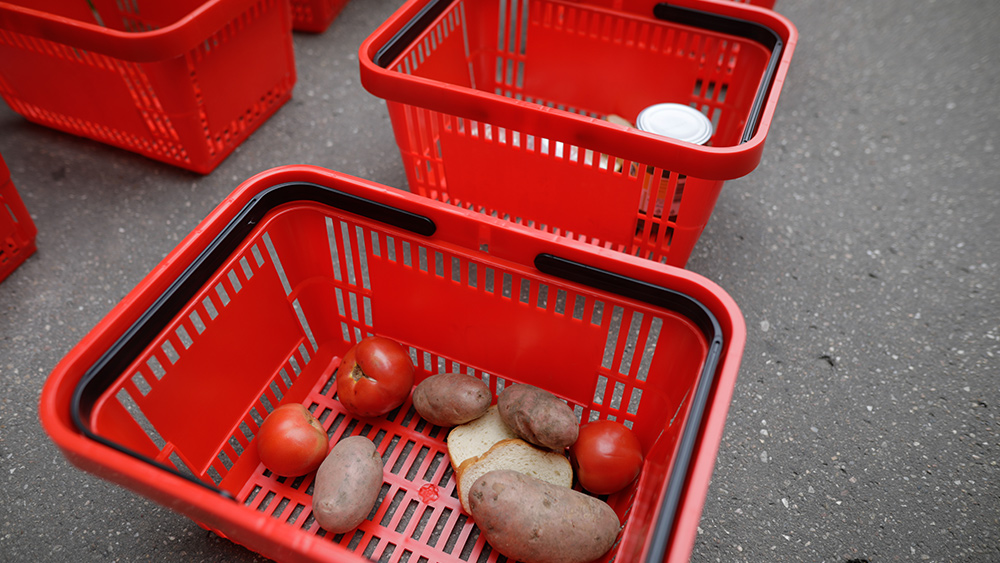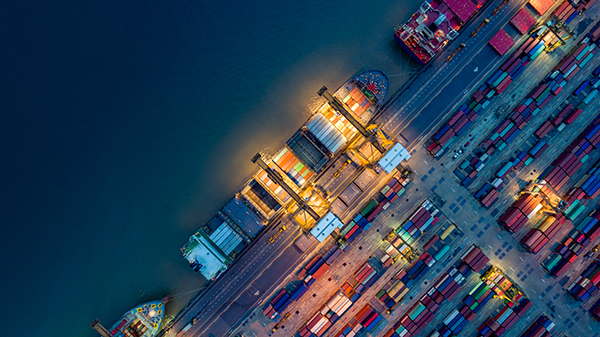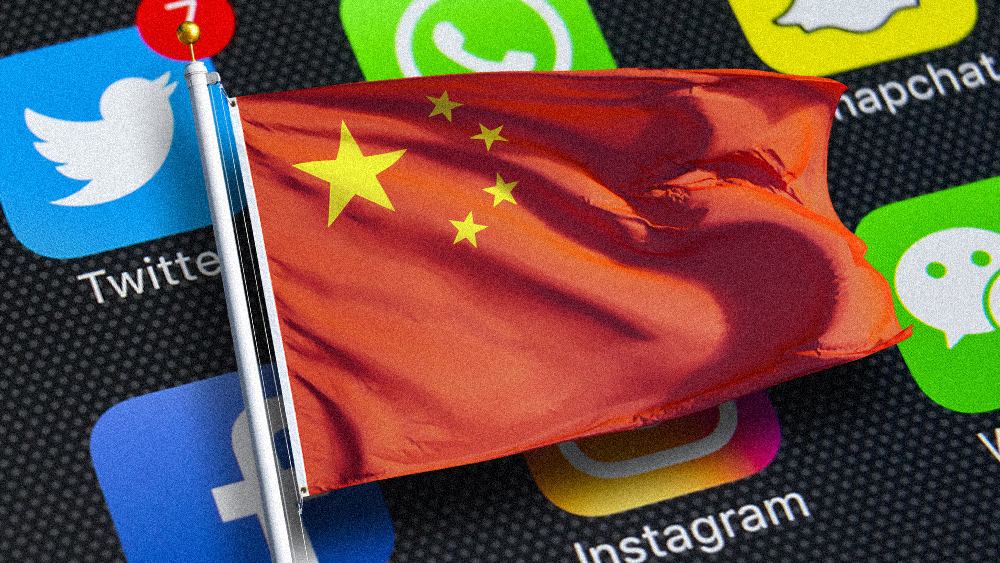Peru’s leftist government calls in military, imposes curfew to crack down on inflation protests
04/07/2022 / By Arsenio Toledo
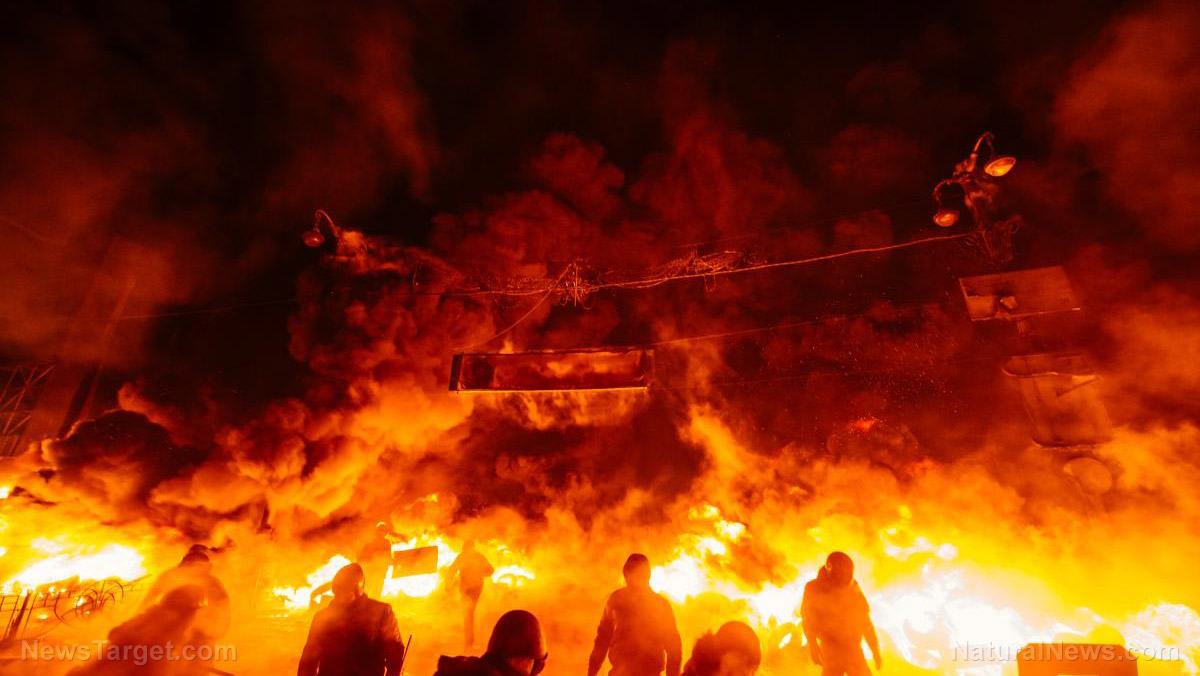
The global inflation crisis is causing a massive social upheaval all over the world. In Peru, the left-wing government has resorted to calling in the military and imposing a curfew to prevent protests from escalating.
The Peruvian economy was already struggling before commodity prices jumped to record highs due to the ongoing supply chain crisis combined with the Russian invasion of Ukraine.
Last month, the worsening economic instability led to social unrest, which culminated in massive protests and demonstrations led by farmers and truckers.
The protests began with farmers and truckers blocking some of the main highways into Peru’s capital and largest city, Lima. The blockages caused food prices to surge even higher.
On Monday, April 4, the protests turned violent as demonstrators clashed with police. Socialist President Pedro Castillo, with the support of the country’s Congress, used this as an excuse to impose a curfew in a bid to quell the protests. (Related: As political instability increases, so do food prices.)
Castillo, who was ushered into the presidency last year on a left-wing platform and with the overwhelming support of Peru’s rural lower classes, has quickly lost the support of the people he claimed he would uplift. The latest polls show his approval rating hovers at 25 percent nationwide.
The Peruvian Congress has also attempted to impeach Castillo twice, but in both times legislators failed to receive enough votes to remove him from office.
Castillo deploys armed forces to quash protests
The curfew did not prevent the protests from continuing. In Lima, it was lifted following widespread defiance and anger over the order.
Instead of the curfew, Castillo has resorted to calling in the Peruvian Army to control the violent protests.
The largest and most destructive protests are ongoing in and around Lima, and they have resulted in widespread clashes with police and temporary food shortages in the city. This has also disrupted agricultural exports.
According to Minister of Defense Jose Gavidia, Castillo’s government has dispatched at least 95 army patrols to different locations in Lima and all over the country. More forces were dispatched to areas deemed to be critical of the government.
As the army patrols the streets of Peru, Castillo’s government is responding to the protests with several measures to alleviate the price increases.
The proposals include exempting fuel from most taxes to lower its price. Castillo’s government also passed a measure raising the minimum wage from 1,000 soles a month ($270) to 1,205 soles a month ($325).
The government, in cooperation with Congress, is also expected to discuss a bill to exempt other commodities from the sales tax, including pasta, flour, eggs and chicken.
The minimum wage increase did little to appease the protesters. Analysts noted that many of the country’s poorest who could have benefited from the minimum wage increase work in informal jobs and do not receive fixed salaries.
In March, Peru’s year-on-year inflation hit 6.82 percent, the largest inflation rate since August 1998. Without proper solutions to the crisis, April’s inflation rate is expected to rise above seven percent.
Meanwhile, signs point to more protesters heading out to call for the overthrow of the left-wing government. Local media have reported that more sectors of Peruvian society are joining the protests, including housewives. Bus drivers also began a strike, blocking highways and disrupting the flow of Peruvian agricultural exports.
More properties are also being looted or otherwise destroyed as a result of the demonstrations. Schools all over the country are being suspended for the next few days amid the chaos.
Read more stories about inflation protests in other parts of the world at Collapse.news.
Watch this video that shows multiple clips of protesters in Lima clashing with the police and, at times, forcing them back through sheer weight of numbers.
This video is from the In Search of the Truth channel on Brighteon.com.
More related stories:
Peru in turmoil as inflation protests erupt; president calls in military, imposes curfew.
Hungry Iraqis protest food inflation as officials blame Russia.
Sources include:
Submit a correction >>
Tagged Under:
big government, bubble, chaos, civil unrest, Collapse, crisis, curfew, economic collapse, food costs, fuel costs, Inflation, martial law, panic, Peru, protests, revolt, rioting, starvation, uprising
This article may contain statements that reflect the opinion of the author
RECENT NEWS & ARTICLES
COPYRIGHT © 2017 STARVATION NEWS

